 |
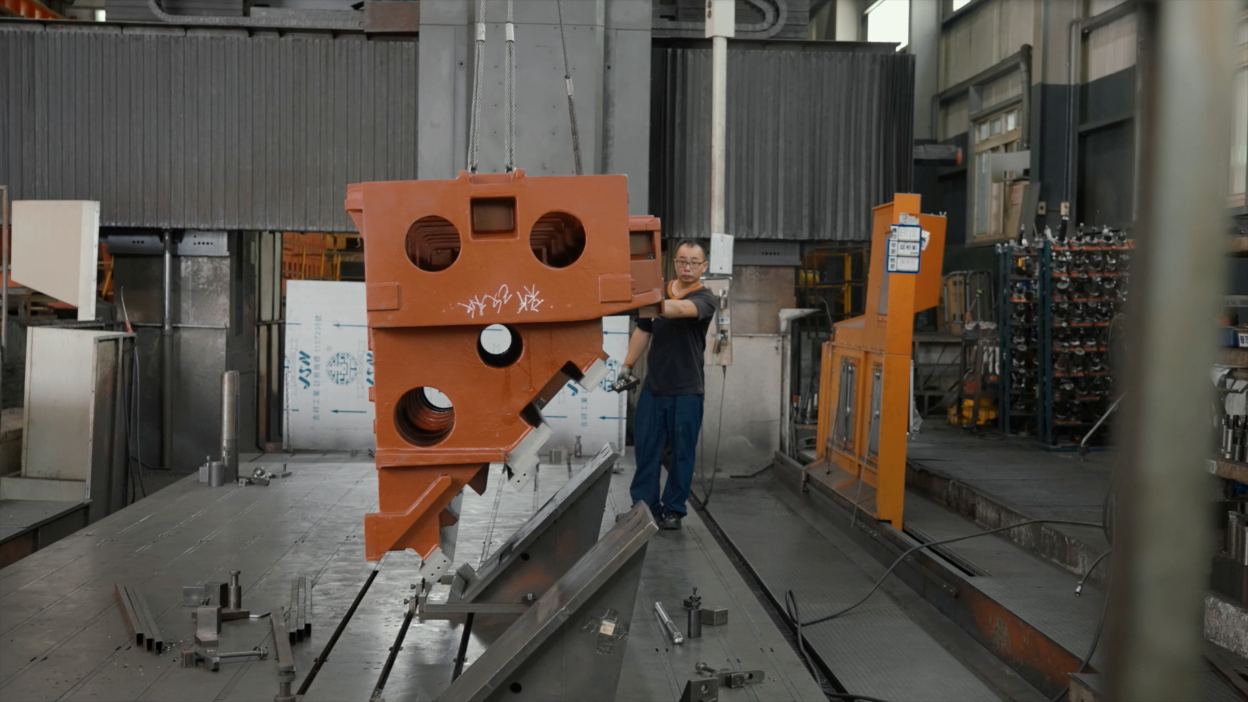 |
Many countries have moved away from subsidy policies for offshore wind in recent years. Larger wind turbines are able to capture wind energy in a more concentrated and complete fashion, resulting in improved efficiency and reduced generation costs, helping developers make wind farms more profitable.
The increase in scale means that key components like hubs for even 8MW turbines can weigh more than 70 tons, so the shift to giant turbines is driving up the weight of parts and with it the difficulty of machining them.
YGG is a cast component manufacturer with a history of more than 50 years. The company’s superior casting performance, consistency and reliability have helped it quickly build an outstanding reputation and it is one of the world’s top five makers of cast components for wind power. As YGG’s president explains, “YGG is one of only a few global manufacturers capable of producing the large-scale cast iron components needed for the most common 14MW turbines. We have also found Taiwan’s large machine tool equipment invaluable in meeting demand for super-large workpieces.”

Honor Seiki’s PM-600CM gantry machining centers are designed to cope with ultra-large, high-precision workpieces. The ultra-high-torque spindles and patented broaching design produce up to 8 tons of broaching force, delivering superior performance for milling large workpieces and high hardness materials. This is combined with an ultra-large machining table and digital twin simulations that integrate the virtual and the real, greatly improving workpiece accuracy while increasing machining efficiency by 20%.
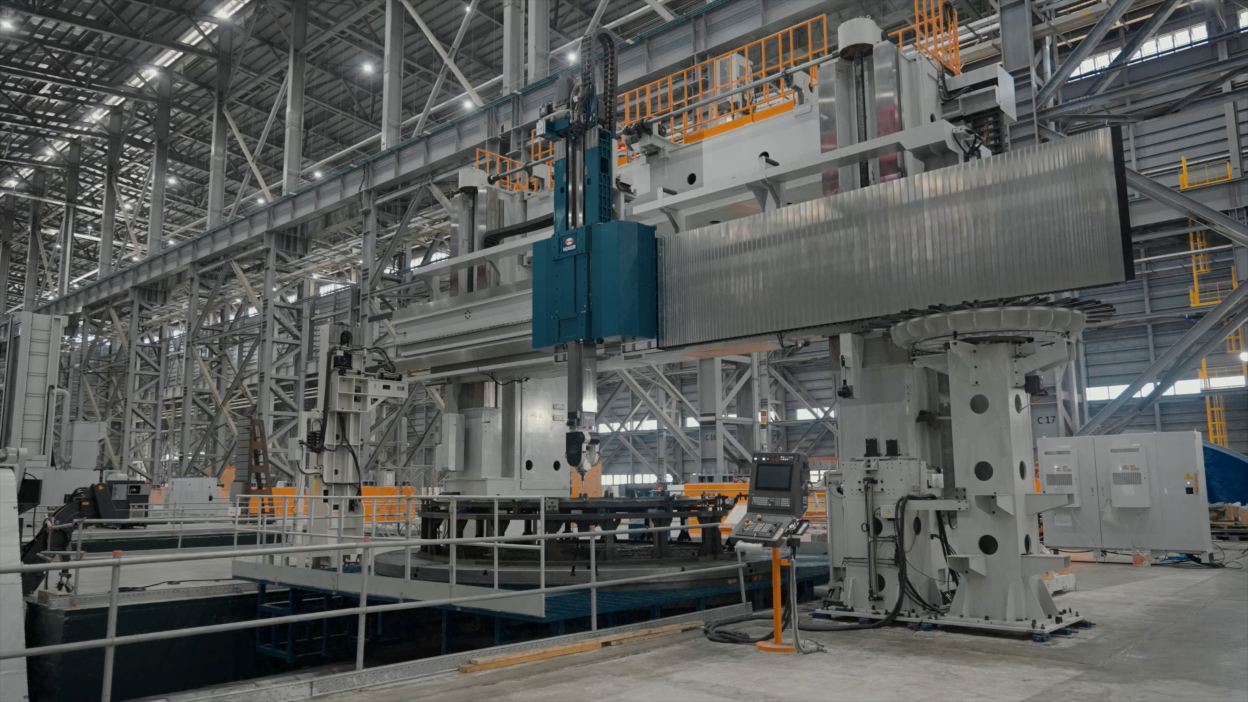 |
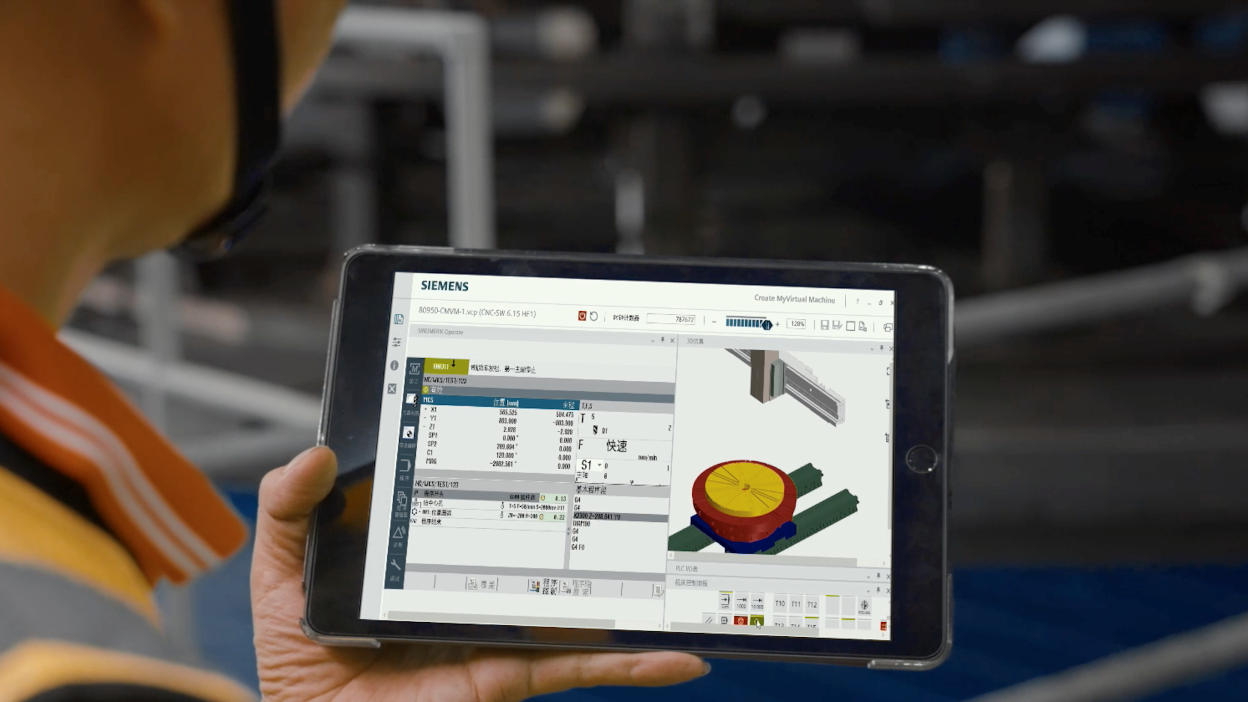 |
Vision Wide’s XMF moving column machining center has integrated milling and turning features that enable giant workpieces to be processed on a single machine. A variety of automated attachments make short work of multi-axis machining, while maintaining a straightness of 0.006mm and concentricity of 0.0135mm; and outstanding automatic tool tip error compensation makes it possible to machine complex angles and make products as intricate as gearboxes on a single machine.
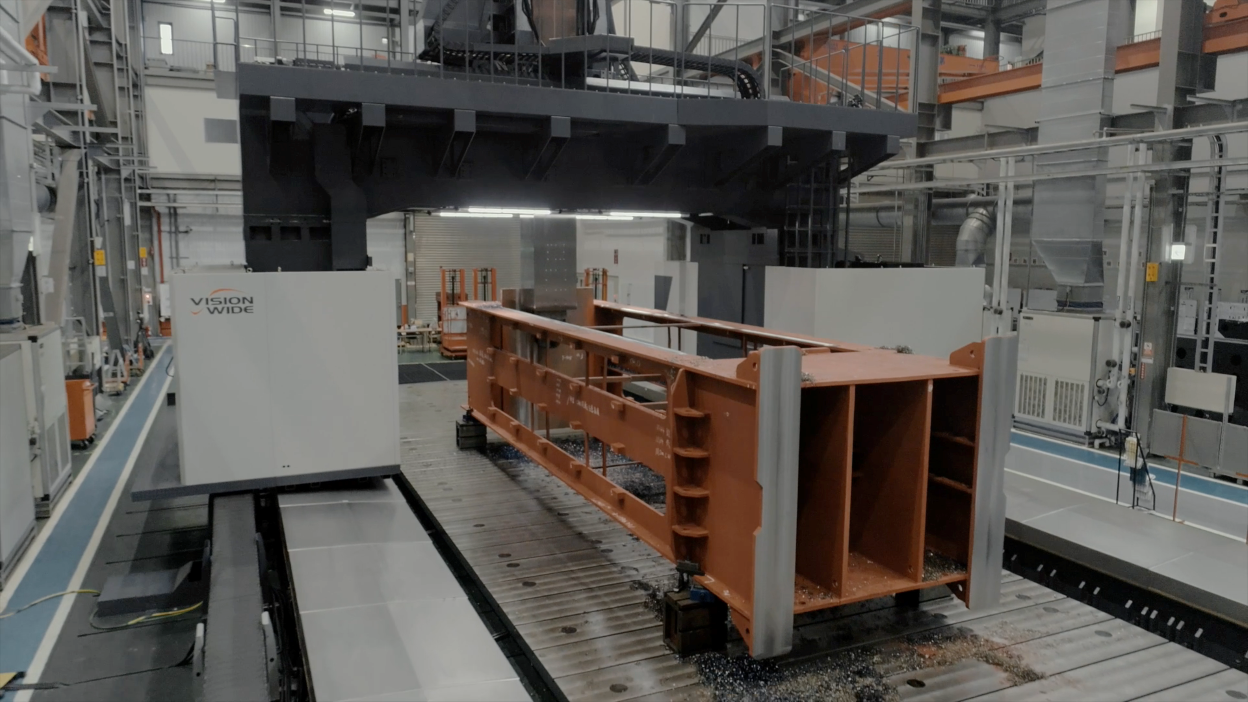 |
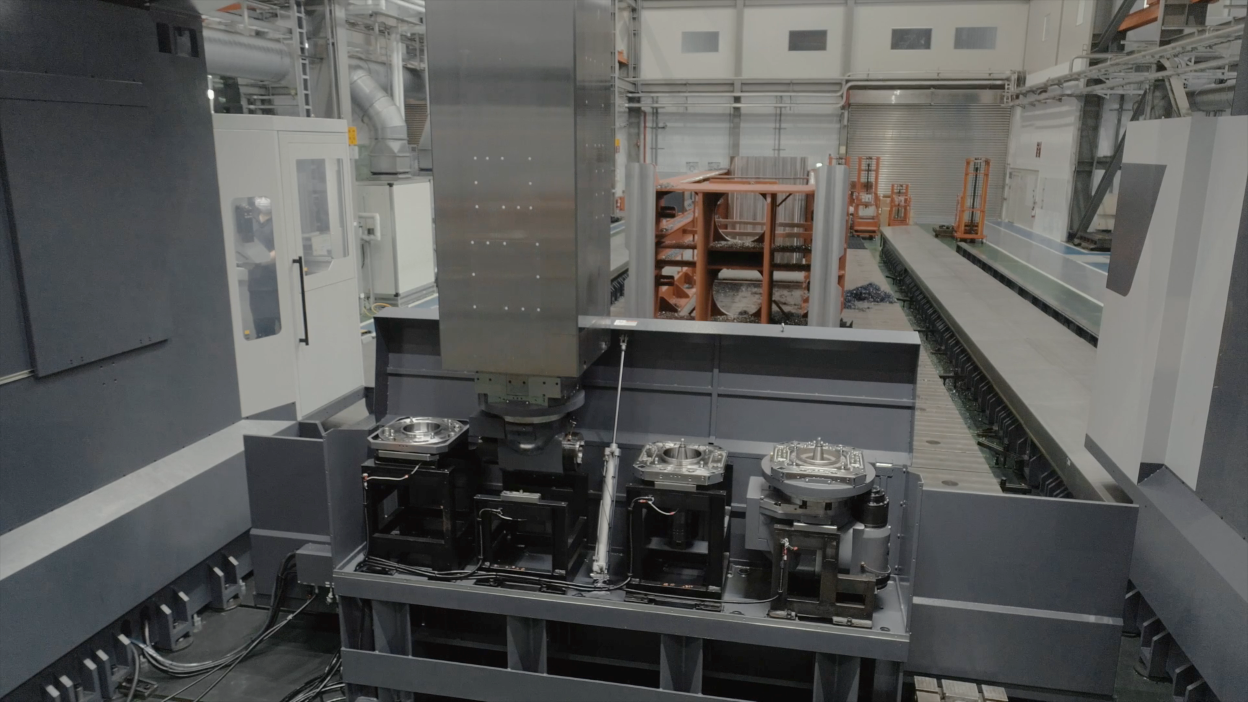 |
Wind turbines can be expensive to produce, so it is essential to optimize cost and efficiency and ensure that every component is designed to work perfectly together. WELE has been developing hydrostatic worktables for ultra-large, ultra-heavy workpieces for more than a decade, while the company’s boring machines can cope with total loads of up to 20 tons and eccentric load of 12 tons, so that precise positioning and machining can still be achieved even when the load is concentrated on one side with no counterweight. WELE has been able to meet demand from wind power customers by combining hydrostatic worktables with MT-W series multi-function milling and turning centers enable customers to get machining done in record time, increasing machining efficiency for key wind power components.
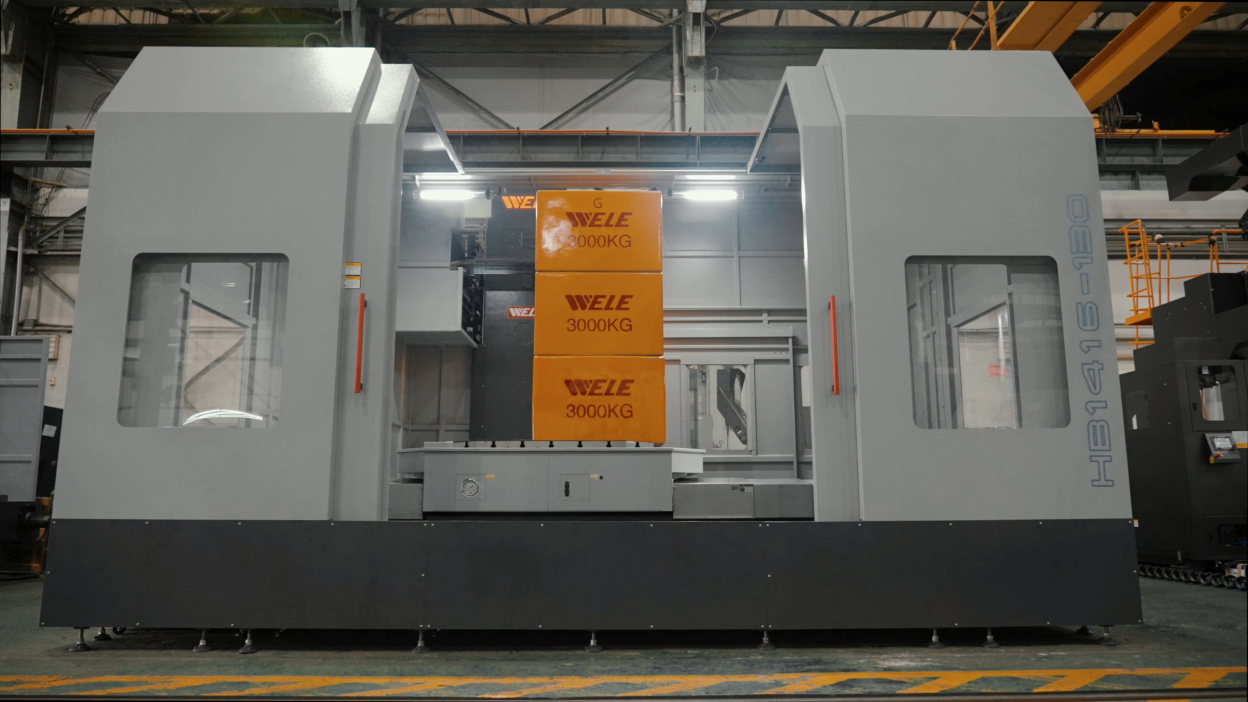 |
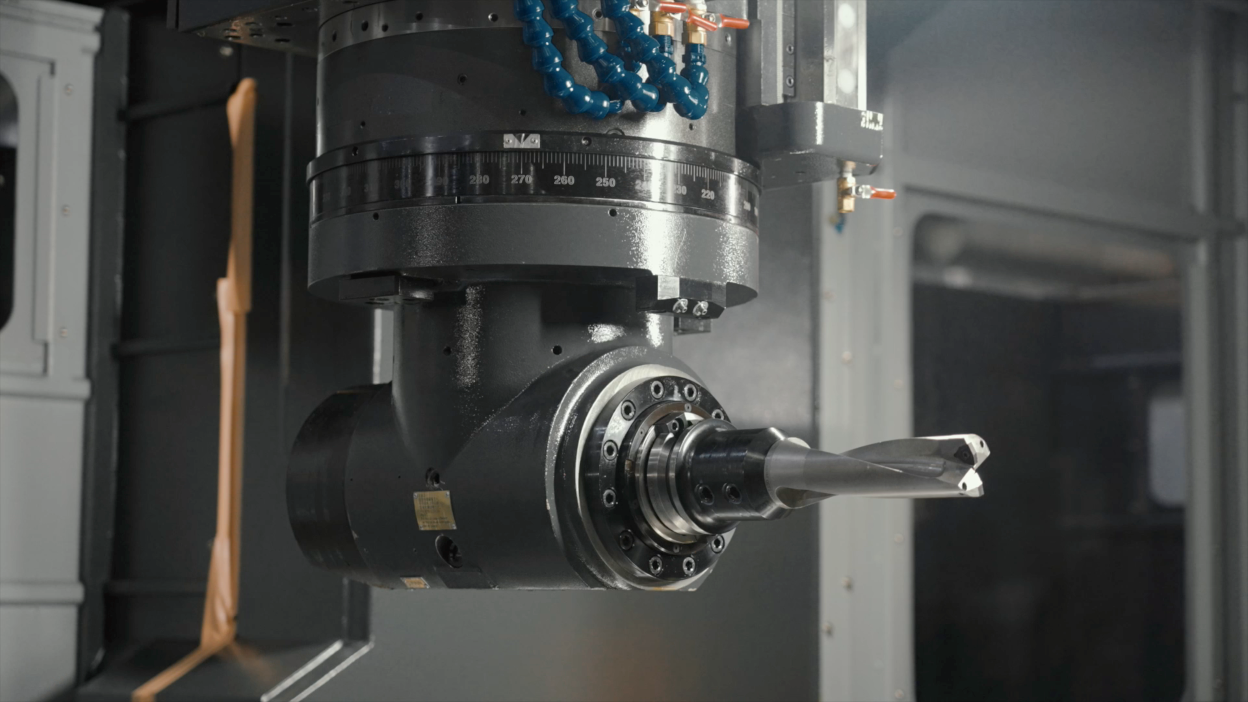 |
Combinations of different machines can also be extremely useful to manufacturers. Key component manufacturer JE-HUNG explained that “Reducing workpiece switching times, maximizing machining efficiency, and providing customers with consistent quality are goals that every manufacturer focuses on. The ability to use the most suitable tools and bring together a wide variety of technical capabilities is a key advantage for Taiwan.”
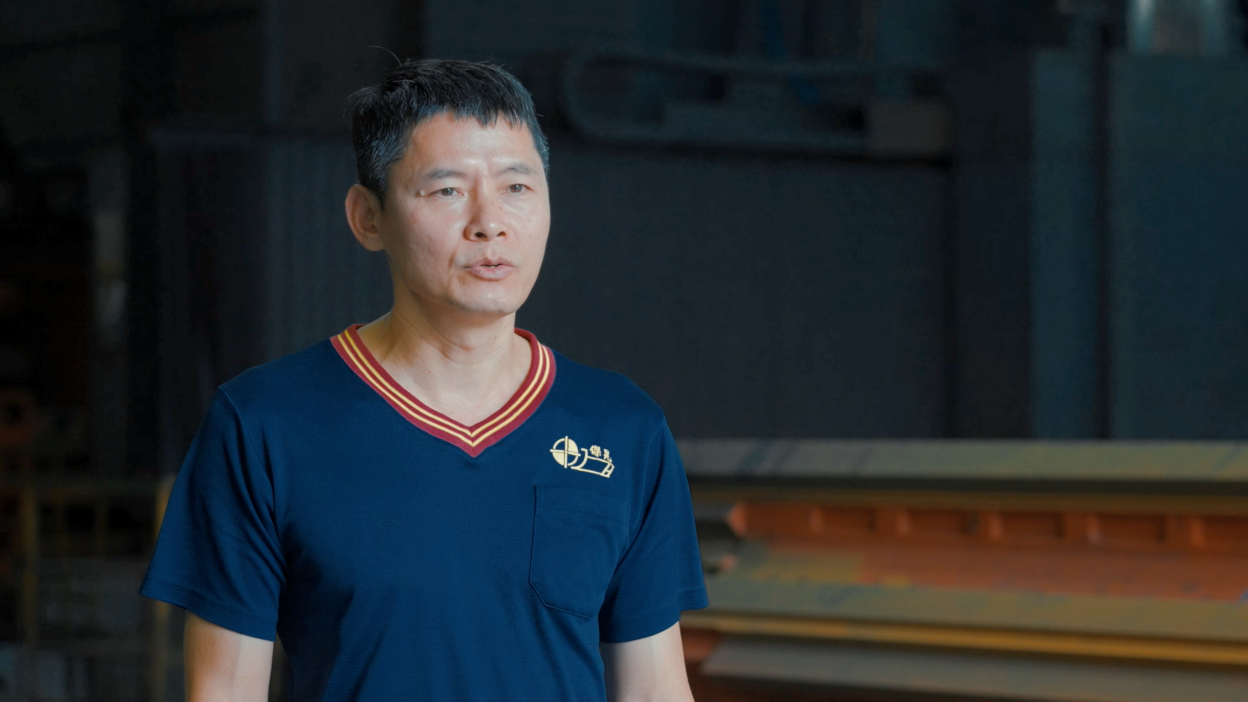
Taiwan expects to generate 20% of electricity using renewables by 2025. Leveraging its past developments in the manufacturing and semiconductor industries, Taiwan has made significant progress in localizing the industry by bringing together manufacturing technology and resources. Core businesses such as wind turbine assembly, blade manufacturing and tower production are already forming an industry cluster around the city of Taichung, while the Taichung Port Offshore Wind Power Zone is also gaining momentum. Taiwan has already established a significant presence in the wind turbine manufacturing supply chain in the Asia Pacific region.
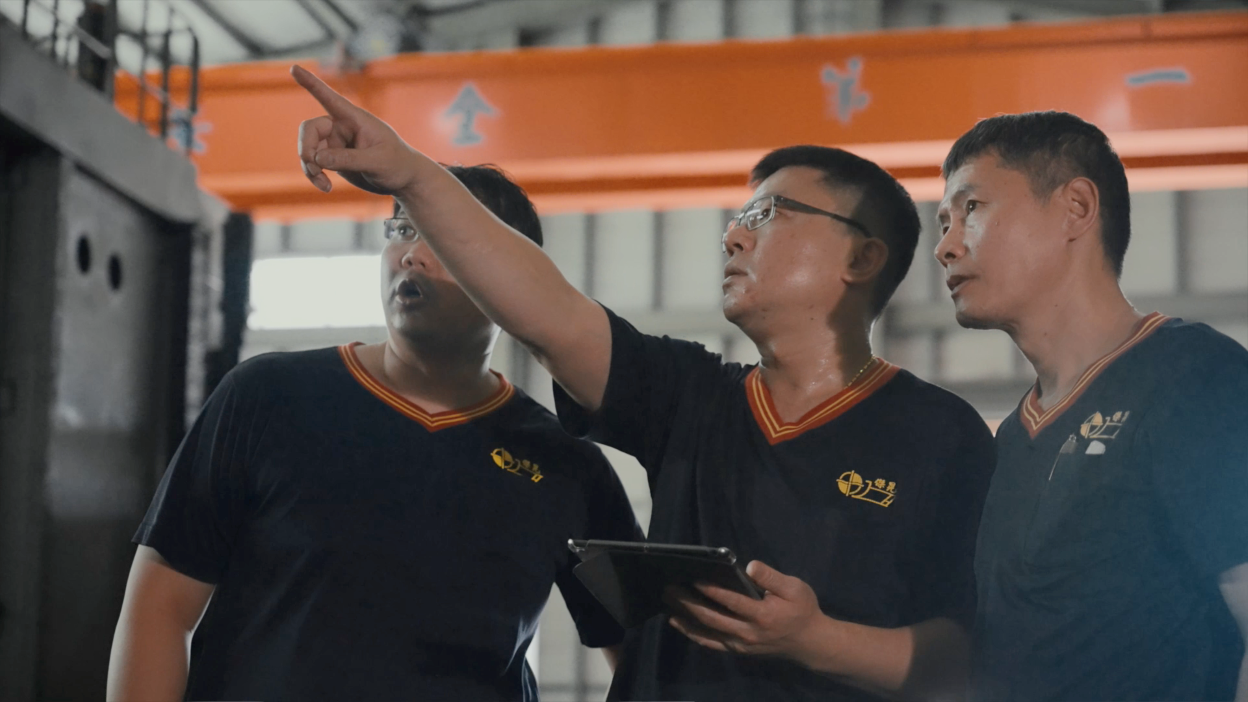 |
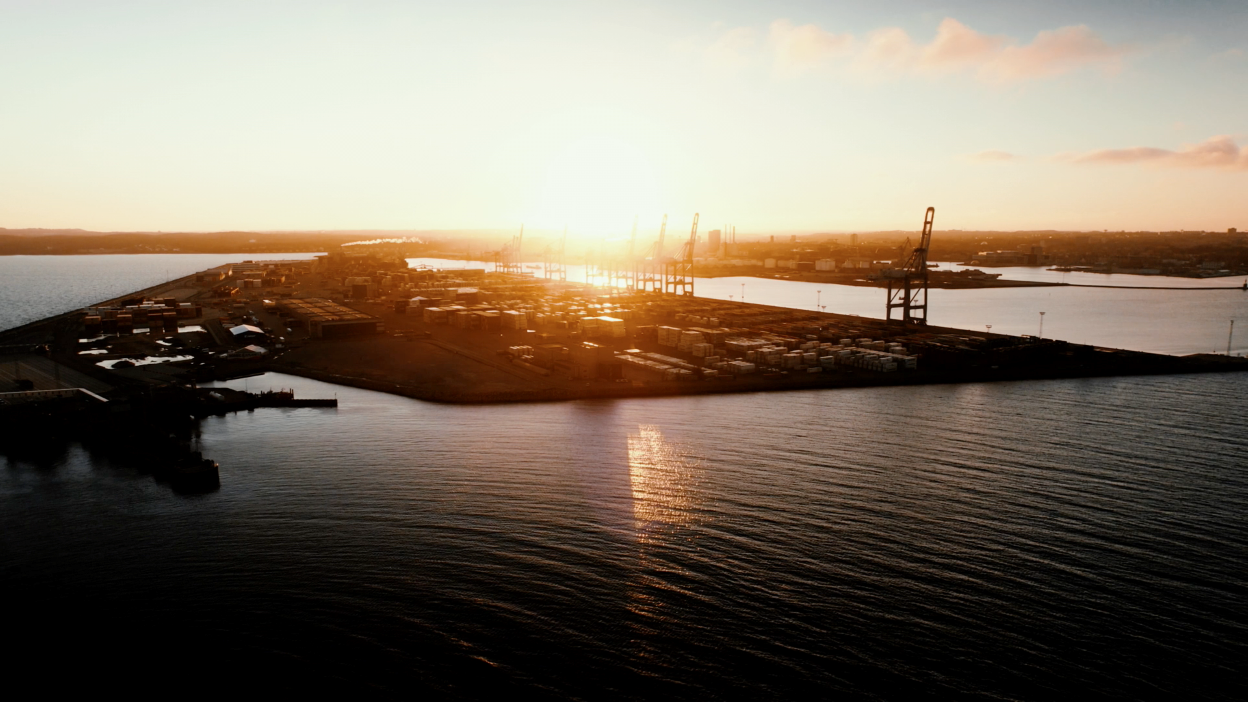 |